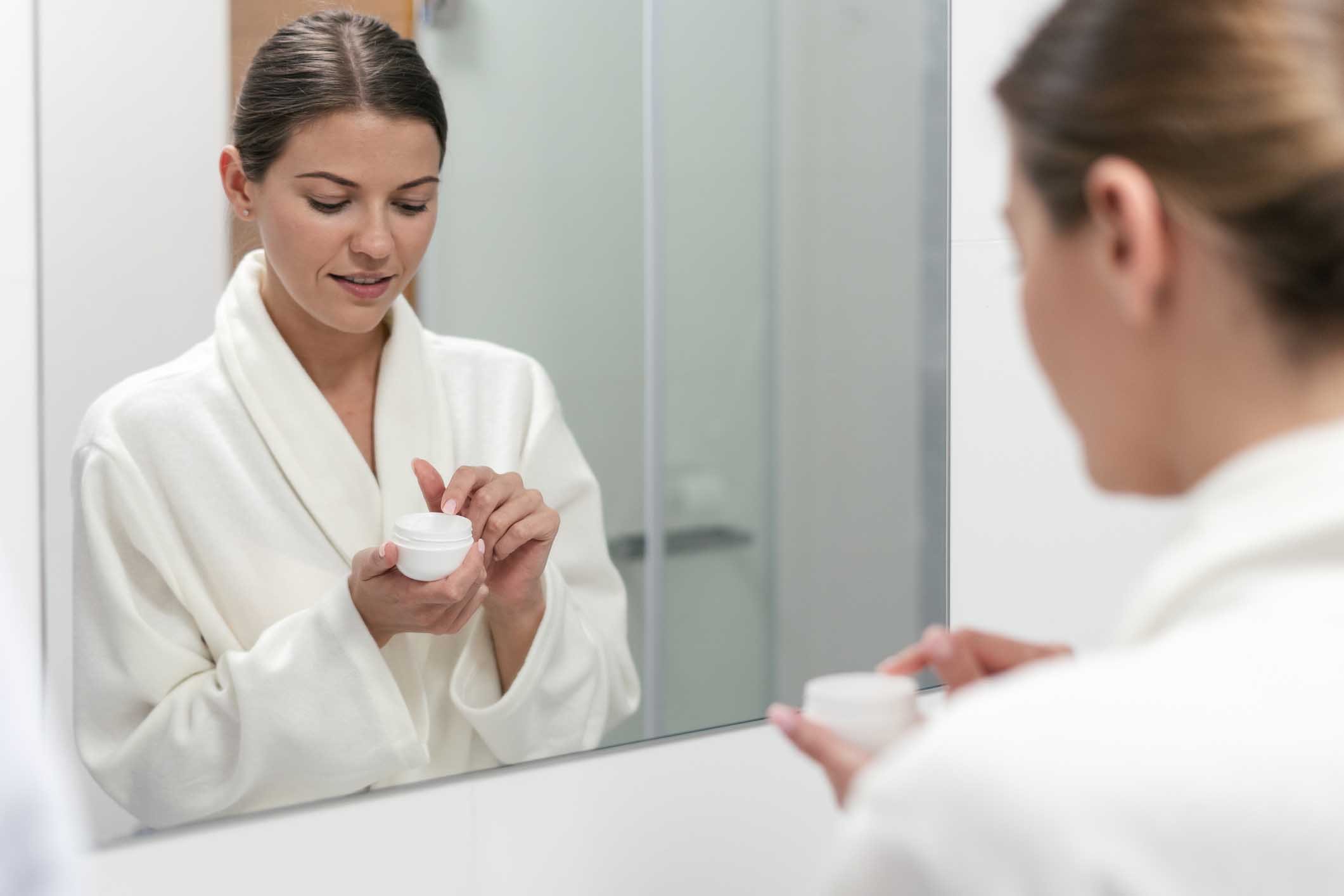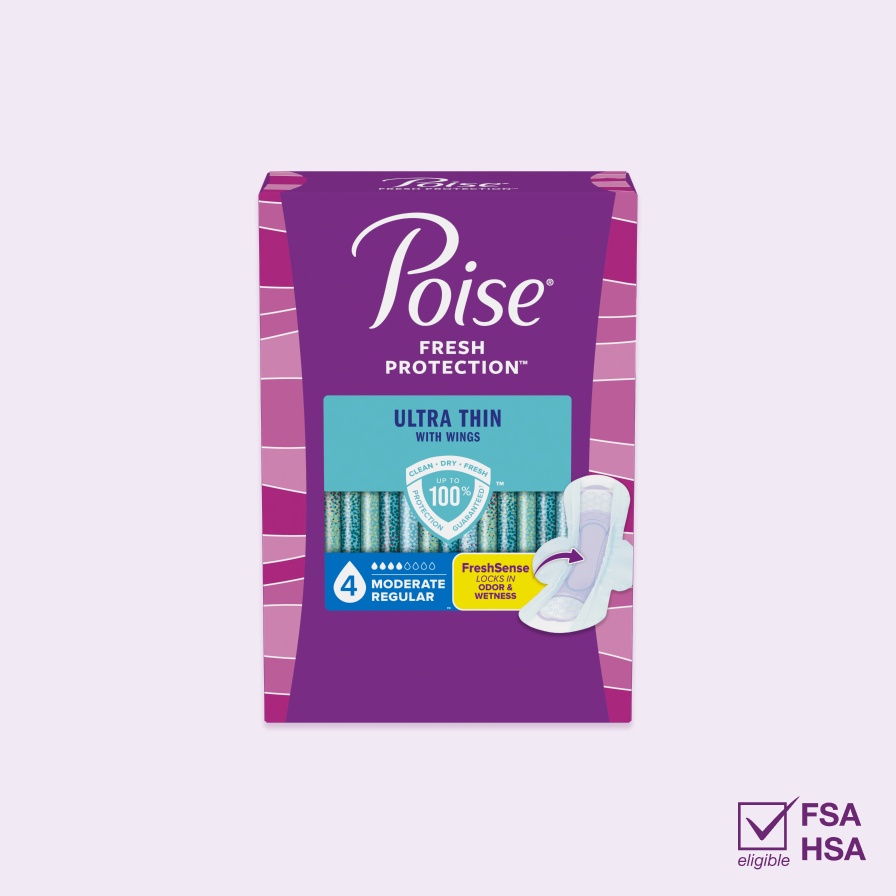Vaginal Atrophy - Inevitable Part of Aging or Treatable Condition?
Vaginal Atrophy - Inevitable Part of Aging or Treatable Condition?
Vaginal atrophy, also known as atrophic vaginitis or urogenital atrophy, is an extremely common and uncomfortable problem in many postmenopausal women. As many as 40% of postmenopausal women will show evidence of vaginal atrophy, and approximately 20-25% will seek medical assistance for the bothersome symptoms. The disease is typified by dryness and itchiness in the vagina and vulva, recurrent bladder or vaginal infections, pain with intercourse and pain with urination. While not necessarily inevitable, atrophic vaginitis is very prevalent and may be difficult to prevent, though the sooner it is detected, the better. Early treatment may be relatively simple and highly effective for most individuals.
The health of the tissues in the vulva, vagina, bladder and urethra are strongly influenced by the presence or absence of estrogen. When estrogen levels are high, this stimulates the production of glycogen in these tissues, which helps make the cell layers thicker, stronger and more pliable. Glycogen also helps to feed lactobacilli, the healthy bacteria of the vagina which in turns keeps the vaginal pH low to help ward off vaginal and urinary tract infections. In states of low estrogen, such as menopause, glycogen production slows down and the tissues become thin and weak. This causes scarring on the vulva and at the entrance of the vagina, which can reduce the caliber of the vaginal entrance, causing pain with intercourse and small tears or fissuring at the entrance of the vagina. Lack of healthy lactobacilli also causes the pH to rise, making the bladder and vagina prone to infection. And weakened tissue support may worsen preexisting stress urinary incontinence. Increased urinary leakage then further irritates the thin, fragile vulvar tissue and contributes to symptoms of itching, burning and odor.
Anything that lowers your estrogen, such as removal of the ovaries, anti-estrogen medications (like tamoxifen, Clomid, Lupron, letrizole), chemotherapy, breastfeeding and menopause, can cause vaginal atrophy. Other things that may contribute include lack of sexual activity and smoking. Logically, replacing estrogen tends to reverse many of the symptoms and findings. This may be accomplished in several ways, most often with topical intravaginal estrogen, such as creams or rings impregnated with the hormone, which provide excellent local levels of estrogen with much lower circulating blood levels. The route, amount and duration of therapy must be individualized to a person's symptoms, personal and family history, and response to therapy. Sexual activity (either penile or with vibrator or dilator) improves the elasticity and pliability of vaginal tissue, so it is an important part of treatment. Some women may want or need to avoid all estrogen therapy, in which case, the mainstay of treatment is the use of daily lubricants and intercourse or intravaginal dilators to maintain sexual function.
Recommended Products
Absorbency Level
Absorbency Level















